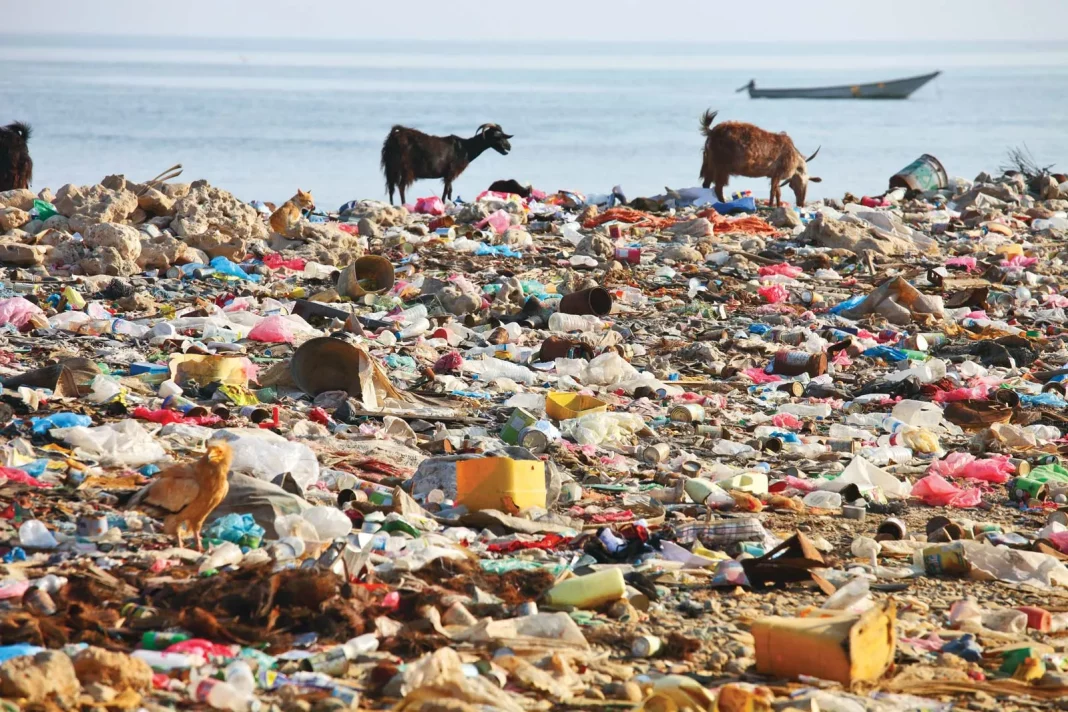A recent CNN report revealed that almost all of the 100 cities grappling with the worst air pollution globally in the past year were located in Asia, underscoring the profound impact of the climate crisis on air quality and public health across the continent.
The report, based on data from IQAir, indicated that an overwhelming majority of these highly polluted cities, totaling 83, were situated in India and surpassed the World Health Organization’s air quality standards by more than tenfold. Specifically focusing on fine particulate matter, or PM2.5, the study found that merely 9% of over 7,800 cities worldwide met the WHO’s recommended annual PM2.5 concentration of 5 micrograms per cubic meter.
Frank Hammes, CEO of IQAir Global, emphasized the far-reaching consequences of air pollution, estimating that it could potentially reduce individuals’ lifespans by three to six years, with detrimental health effects being entirely preventable through improved air quality.
PM2.5, known for its ability to penetrate deep into lung tissue and bloodstream, is generated by various sources including fossil fuel combustion, dust storms, and wildfires, and has been associated with numerous respiratory and cardiovascular ailments, as well as cognitive impairments in children.
The report identified Begusarai in India as the most polluted city globally last year, with PM2.5 levels exceeding WHO guidelines by 23 times. Notably, the majority of India’s population, approximately 1.3 billion people, endure air quality that surpasses WHO standards by sevenfold.
Central and South Asia emerged as the worst-performing regions in terms of air pollution, housing all four of the most polluted countries: Bangladesh, Pakistan, India, and Tajikistan. Of particular concern was South Asia, where nearly all of the 30 most polluted cities were located in India, Pakistan, or Bangladesh.
Hammes emphasized the necessity for substantial changes in energy infrastructure and agricultural practices to address pollution effectively in these regions.
Moreover, he highlighted the interconnectedness between outdoor and indoor air pollution, citing the use of unclean fuels for cooking as a significant contributor to indoor air pollution, which can exacerbate health risks.
The report also shed light on the global scope of air pollution, with 92.5% of locations analyzed exceeding WHO’s PM2.5 guidelines. It underscored the urgent need for concerted efforts to combat air pollution and mitigate its adverse health impacts worldwide.




